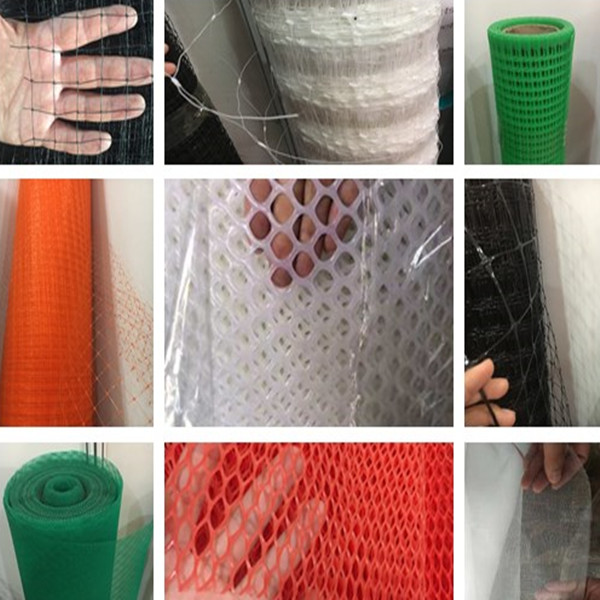Cultivation Technique of Artemisia sphaerocephala
The plastic net including Plastic Flat Net, Plastic Slope Protection Net, slope greening vegetation net, plastic breeding fence net, plastic plant support net, plastic anti-bird/insect nets, plastic filter net, etc.
The texture of material :PE/ PV/ PP + UV anti-acid and alkali , anti aging, corrosion resistance .
Color : transparent, white, silvery grey, green, black, etc. It's can be do as per customer's requirement.
Main uses: slope protection, greening and vegetation, crops plants supporting, anti bird and insects, breeding fence, building, internal and external wall coating lining nets, buried line warning logo, etc.
The advantages of plastic net :
solid structure
easy to set up
economic for applying
high stengthand stretching
creepage resistance, aging resistance
stable performance
impact resistance
The plastic net is ideal choice for production of new composite materials .
Plastic Net Plastic Net,Plastic Slope Protection Net,Anti Bird and Insect Net,Plastic Flat Net,Polyester Mesh ANPING COUNTY SHANGCHEN WIREMESH PRODUCTS CO.,LTD , https://www.scfiltermesh.com
Characteristics of Forage Grass Artemisia sphaerocephala has strong anti-arid, drought-tolerant, cold-tolerant and thin-tolerant properties. It often mixes with flower buds, sand calluses, and sand rice, or forms a single dominant community. It grows on mobile and semi-mobile sand dunes. After the mobile sand dune was fixed. Seeds are highly viable. When buried in sand, the polysaccharides coated by the epidermis absorb water and form colloidal blisters. The amount of water absorbed can be equivalent to several times the seed weight, and the sprouting takes place very quickly. When the soil moisture content of sandy soil is less than 1%, the plants begin to wither. When the surface temperature of sand reaches above 60°C, they will not burn and die. In an arid environment with an annual rainfall of less than 100 mm, they can grow and develop normally. On the mobile sand dunes, the plant height can reach 150 cm, and the growth of the underground part is stronger than that of the aerial part. The root width of the 5th instar is 7.5 times that of the crown. Artemisia sphaerocephala grows slowly, generally returning to green in mid-March, and flowering on July 10th. Seeds mature in mid-September, and deciduous browns begin around November 10, with a fertility period of 120 days and a growth period of 180 days to 200 days.
